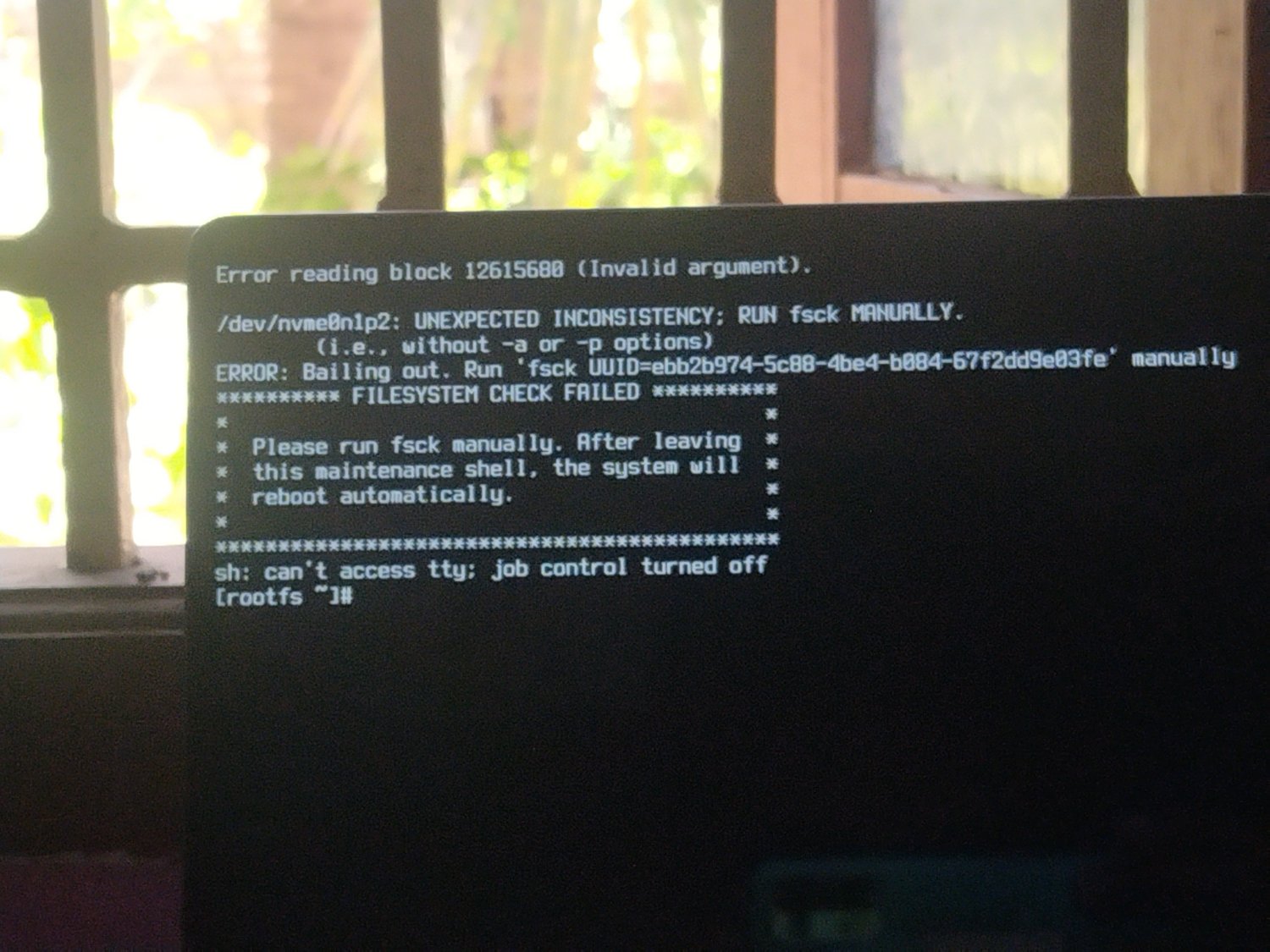this post was submitted on 06 Apr 2024
145 points (92.9% liked)
Linux
48153 readers
815 users here now
From Wikipedia, the free encyclopedia
Linux is a family of open source Unix-like operating systems based on the Linux kernel, an operating system kernel first released on September 17, 1991 by Linus Torvalds. Linux is typically packaged in a Linux distribution (or distro for short).
Distributions include the Linux kernel and supporting system software and libraries, many of which are provided by the GNU Project. Many Linux distributions use the word "Linux" in their name, but the Free Software Foundation uses the name GNU/Linux to emphasize the importance of GNU software, causing some controversy.
Rules
- Posts must be relevant to operating systems running the Linux kernel. GNU/Linux or otherwise.
- No misinformation
- No NSFW content
- No hate speech, bigotry, etc
Related Communities
Community icon by Alpár-Etele Méder, licensed under CC BY 3.0
founded 5 years ago
MODERATORS
you are viewing a single comment's thread
view the rest of the comments
view the rest of the comments

The filesystem driver knows the size of the filesystem is larger than the physical size of the partition it is on. Because of that it refuses to do anything with it until that discrepancy is sorted.
Boot to a USB/ISO, run cfdisk, extend the partition size back to original or larger, then run fsck on the partition again.
😭😭😭🤧 THANKS!!
im saved. My machines saved. Thanks a lot!!
Whrt happened anyway? Why
cfdiskdidnt wipe the data? I thought it would everything after 32g, but all my data is un touched. What happened?The partition table is just a set of pointers to various places on the physical disk where partitions should be, inside those partitions are filesystems with all your data. It's like the table of contents in a book. You can mess around with the table of contents and make the page numbers for chapters different, but all the words in the book are still there.
Now you're lucky that filesystem drivers are fairly smart these days. They sanity check things all the time. When you write the partition table to disk all the active filesystem drivers get notified of the changes, so they can keep track of things. When the driver noticed that the size of your filesystem exceeded the size of your partition, it basically was like "Hold it right there, I'm not touching any of this!". At that point the filesystem would have been forcibly unmounted and disconnected, which is why none of your commands worked after running cfdisk, they were on that filesystem.
Note that your approach was almost the right way to do it. To make your filesystem bigger you can expand the partition using cfdisk ( as long as there is physical room on the disk!) and then run a program called resize2fs , and it will expand the filesystem to suit.
Similarly, you can shrink the filesystem in the same kind of way, except you run resize2fs first and command it to shrink the filesystem to a particular size. It will do that (assuming there's enough free space in your filesystem to do so) then you shrink the corresponding partition with cfdisk to match.
Of course, as you've learned, resizing partitions is moderately risky so backups are a good idea. Having said that I routinely expand filesystems in VMs like this without backups - I make the VMs disk larger in its settings, then run cfdisk and expand the partition, then run resize2fs.
I sincerely appreciate your consideration to help and explain
Its funny that i tried resize partitions without knowing how to do that. I thought i should format new partitions after editing partition table coz thats what i did when installing linux, but im wrong again ig.
cfdisk only changes the partition table, this table like a small paper that you store at the front (or back) of drive where you put information, it's just a list of coordinates like from this point to this point is your home, from this to this is your yard, from this to this is your neighbor. Just because you changed the values on your paper doesn't actually make your neighbor closer or further.
System read this list to figure out where are the "borders" between different sections that you defined to load and use them logically for multiple file systems.
we would all like to thank @dgriffith@aussie.zone for his amazing, non-meme contribution 👏
Anti Commercial AI thingy
CC BY-NC-SA 4.0It's a marvellous feeling, right?
We thank Dave for his decisive contribution. For future occasions try to backup everything before doing operations of this type. This small script works very well for me:
https://github.com/cleverwise/cya
That allows you to backup even hot systems. Just mount an external disc in /home/cya and run the script with sudo...